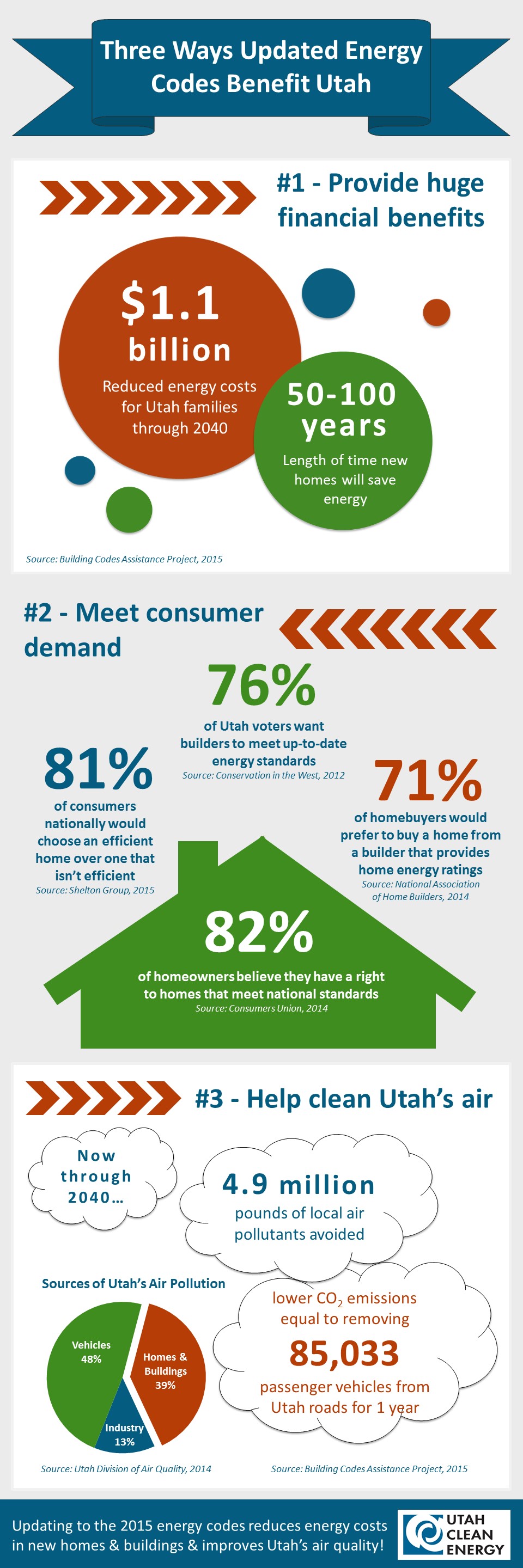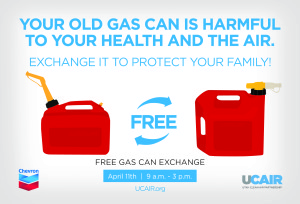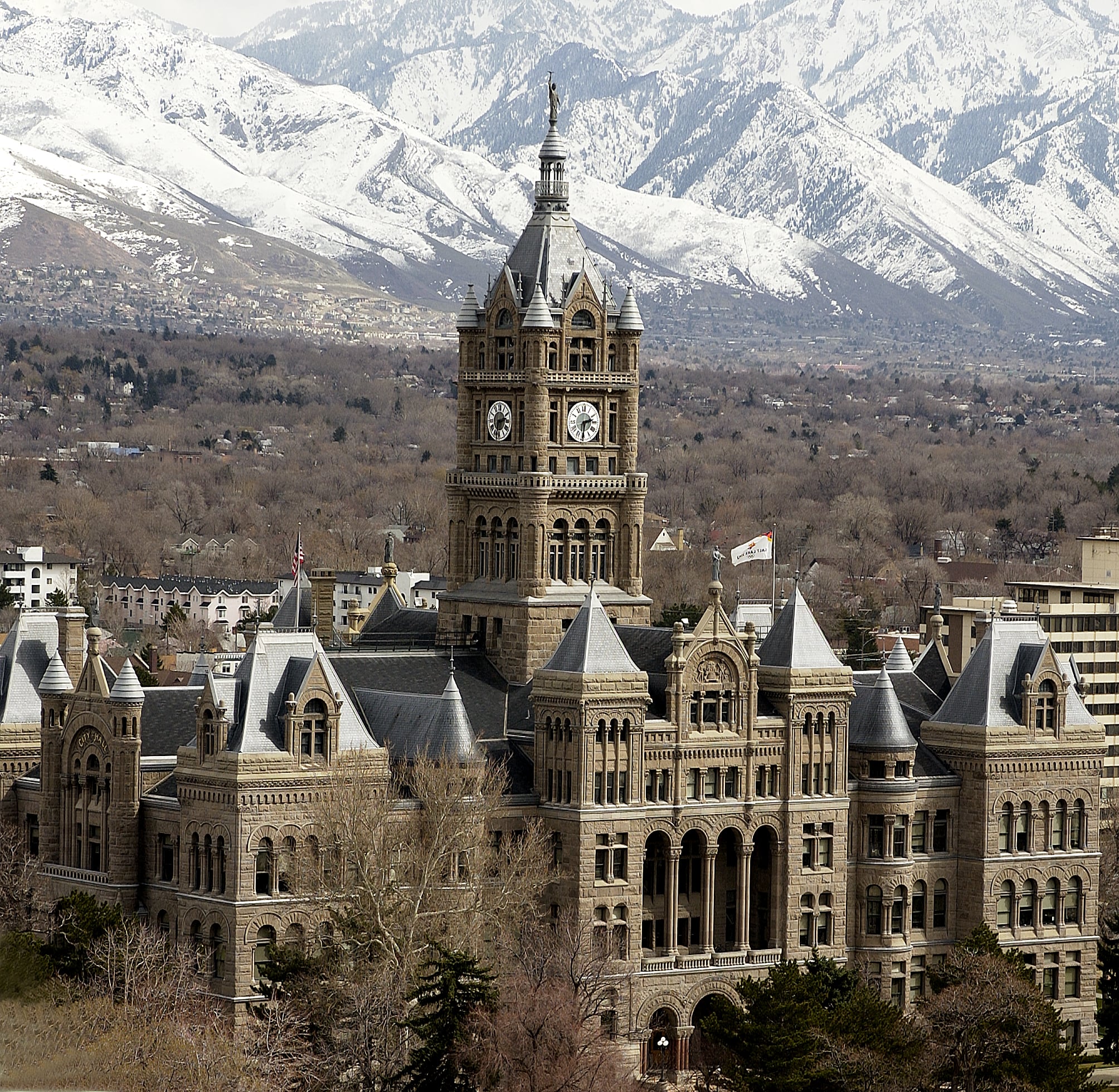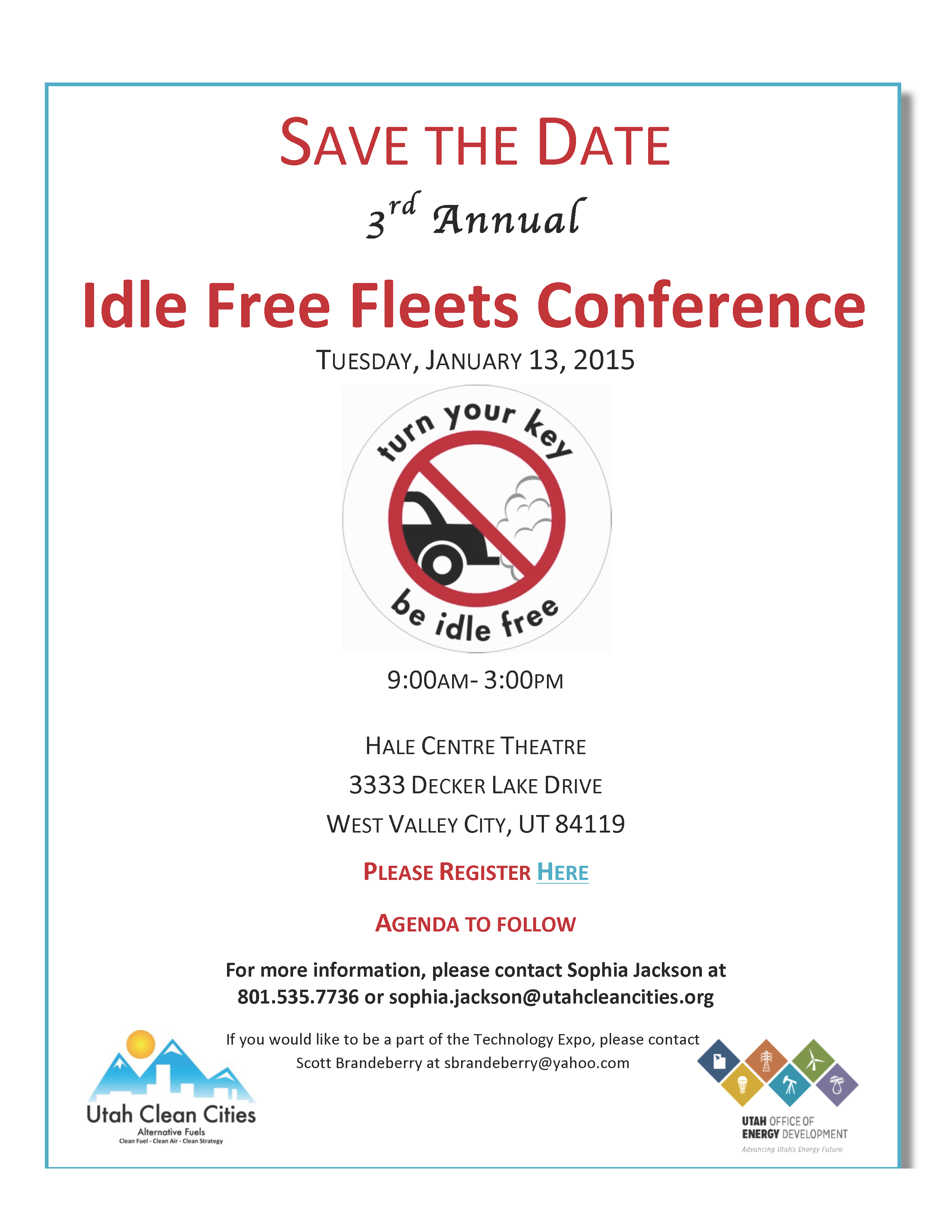On Tuesday, Mayor Becker joined Governor Herbert and other community leaders for a special Sundance event at The Leonardo. Blueprint for a Better Future: Clean Air, Clean Water, Clean Energy was hosted by The Diplomatic Courier Magazine and Hinckley Institute of Politics, and explored how climate change and climate action is impacting the future of our cities.
Mayor Ralph Becker took the stage to share how Salt Lake City is proactively addressing the city’s future by taking climate change and climate adaptation into account today.
“The effects of climate change are real and impose a serious threat globally, and to our own community,” said Mayor Becker. “Salt Lake City is aggressively preparing for future climate challenges, to be a resilient community with a high quality of life due to our climate preparedness activities. Our efforts will ensure future clean and sufficient water supplies, investment in renewable, clean energy systems, and alternative transportation systems.”
The Mayor highlighted how these investments will not only make Salt Lake City more resilient, but that they will also improve community health through better air quality and a more walkable community. He also said that while Salt Lake City has been fortunate to have access to clean and reliable water from the Wasatch Mountains, the most profound climate risk our community faces is the loss of and degradation of our water supplies. Reducing greenhouse gas emissions is the most important strategy to reduce climate impacts to our water supplies.
What Salt Lake City is Doing
Salt Lake City has been measuring our greenhouse gas emissions since 2002, and now can tell every department and division their emissions by source, so they can implement specific reduction strategies.
New buildings are reviewed to determine if they can be built to a “net-zero” standard. Our new Public Safety Building has met that goal.
Fleet vehicles are constantly being right-sized, eliminated or replaced with alternative fuel vehicles. Electric charging stations are being installed across the city.
The City is beginning a Climate Leadership Academy for employees to help enhance the City’s capacity for addressing climate change. Employees from all departments will attend monthly meetings for a year to learn about climate issues and opportunities, personally and professionally. This, and other training opportunities, will ensure that every city employee understands how they can make a difference.
The City has been fortunate to receive Federal support on our climate planning efforts, partnering with Western Water Assessment, part of the NOAA Regional Integrated Science Assessment Program, to conduct climate vulnerability work. This partnership has leveraged our access to actionable data and tools to support climate adaptation decision-making, especially within our water utility.
Due to these aggressive efforts, Salt Lake City has been designated by the White House as a Climate Action Champion.
Citywide & Regional Climate Action
Salt Lake City is launching a metro-regional climate planning group that will look at mitigation and adaptation efforts on a broader, regional basis in a collaborative way.
Other efforts include a Transit Master Plan, Complete Streets Ordinance, protected bike lanes, streetcars and the Mountain Accord planning process.
“Applying the true economic costs of future climate risks will be essential as we make future decisions. One example of this is our work with the State of Utah and regional energy providers to evaluate appropriate costs and account for benefits of renewable energy,” Mayor Becker said. “We need to consider long-term economic, environmental and societal benefits of these investments, not simply short-term decisions that often undervalue climate resilient strategies.”
Moving Forward
Salt Lake City understands that addressing climate change impacts is essential as part of our efforts to achieves our goals to be a livable city. And when we address climate change, we also address air quality, facilitate mobility choices, ensure a safe and abundant water supply, create more walkable neighborhoods and establish a vibrant downtown.
Learn more about our efforts at SLCgreen.com.








